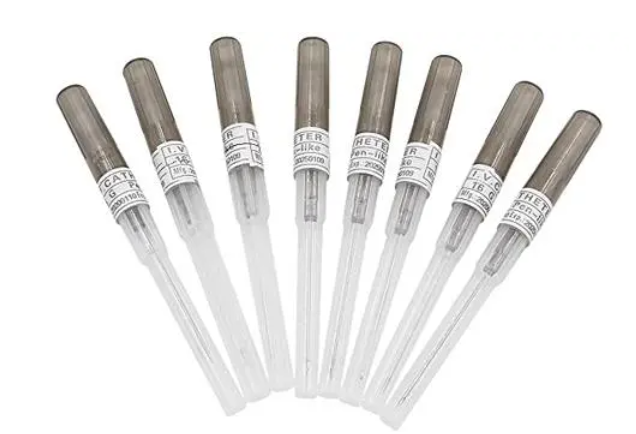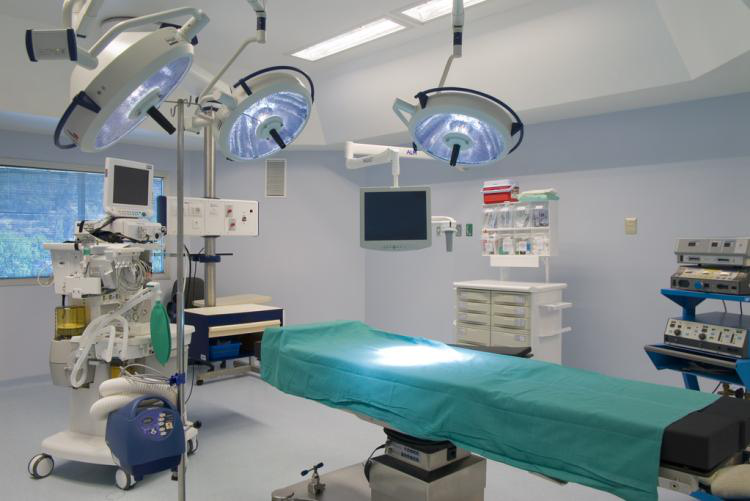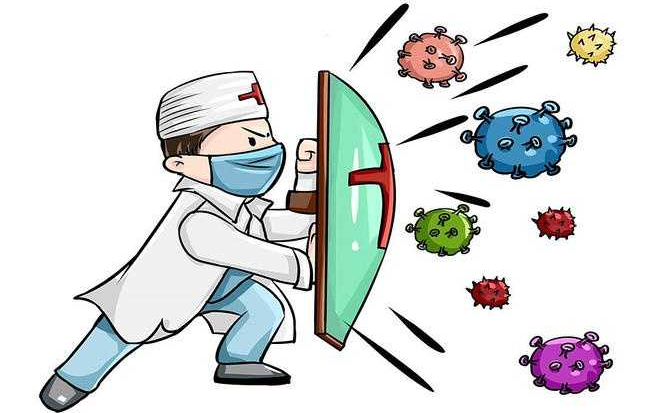Sinoright Blog
Application of new antibacterial coating materials
System, method and process for applying novel antimicrobial coating materials to medical devices
In the field of medical and health care, patients' skin may be punctured in various ways for various reasons. For example, a cannula or intravenous ("IV") catheter pierces a patient's skin into an internal space, such as a patient's vessel. In this embodiment, a cannula or IV catheter may be used to infuse fluid (e.g., saline solution, drug, and / or total parenteral nutrition) into the patient, extract fluid (e.g., blood) from the patient, and / or monitor various parameters of the patient's vascular system.Bacteria and other harmful microorganisms are often introduced into patients through medical devices. In some cases, harmful microorganisms are introduced at the site where the patient's skin is punctured. In other cases, using a contaminated medical device, microorganisms already exist in the fluid path of the medical device before the medical device enters the patient's vessel. Also, in some cases, harmful microorganisms are introduced into the patient's veins by introducing fluids and drugs into the patient's body via an inserted medical device, such as a syringe, needle, or IV fluid bag. Therefore, infusion treatment technology and process increase the possibility of infection. Indeed, it is estimated that tens of thousands of people in the United States alone are infected with some form of bloodstream infection each year, which is caused by pathogens entering patients through IV catheters or other IV pathway devices, such as subcutaneous needles.

Often, these catheter-related bloodstream infections cause illness and, in some cases, death. In addition, because some infections are caused by antibiotic resistant bacterial strains, such as methicillin-resistant Staphylococcus aureus (MRSA) and vancomycin resistant Enterococcus (VRE), such infections are difficult to treat and may become more prevalent. In addition, because patients with bloodstream infections may need additional medical treatment, catheter-related bloodstream infections may be associated with increased medical costs.
Various health care technologies have been implemented in efforts to contain bloodstream infections (i.e., catheter-related infections) in hospitals, outpatients, home care, and other health care facilities. For example, many health care providers repeatedly emphasize that before piercing the skin with a catheter or other sharp medical device, they must wear gloves, clean hands, disinfect the insertion site on the patient's skin, clean the catheter site after puncture, and use sterile medical instruments.
When various methods are used to clean other surfaces of hands, skin, medical instruments and health care facilities, detergent with one or more antimicrobial agents is often used to clean such surfaces. However, such a cleaner is not without defects. For example, many detergents are ineffective against some common types of microorganisms. For example, as mentioned above, some pathogens, such as MRSA and VRE, have developed resistance to some antimicrobial agents. In addition, it is difficult for the care provider to access some microorganisms in the medical device, so disinfection cannot be carried out during infusion therapy or technology.
Therefore, despite the existing technology to minimize or eliminate BSI in patients, there are still challenges. Accordingly, it is an improvement in the art to strengthen or even replace the existing technology with new technologies and materials. The invention provides such technology, materials and methods.

The invention relates to a system and method for applying novel antimicrobial compositions or coating materials to a medical device. In particular, the invention provides a method for assembling a medical device, wherein components in the novel antimicrobial composition contribute to the assembly of the medical device, and provide an anti microbial coating on many internal geometric structures of the medical device. In some cases, the physical properties of the novel antimicrobial composition further act as adhesives to maintain the assembly relationship between the components of the medical device.
Some embodiments of the invention provide an anti microbial composition comprising a non alcohol biocide, a lubricant and a carrier solvent containing alcohol, wherein the biocide and lubricant are dissolved in the carrier solvent. Biocides may include any non alcohol biocide or compounds that effectively fight pathogens. In some cases, non alcohol biocides are selected from: phenol, quaternary ammonium, guanidine, pyridinium, ammonium benzohydrocarbon, centrimide, hectidime, benzyl chloride, cetylchloride, di quinquium acetate, diquincloum, chlorodimethylphenol, chloropredeterine, chlorhexidine acetate, chloropredeterin hydrochloride, triclosan, chlorhexidine dichloride, and their combination.
The lubricant of the antimicrobial composition may include any lubricant material compatible with the teachings of the present invention. In some cases, the antimicrobial composition includes a lubricant having a low viscosity, such as a low viscosity siloxane. In some cases, the antimicrobial composition includes a lubricant having a surface tension of about 20 mN / m.

The carrier solvent of the antimicrobial composition may include any alcohol based solvent material capable of dissolving lubricants and biocides of the antimicrobial composition taught in accordance with the present invention. In some cases, the antimicrobial includes a carrier solvent containing an alcohol selected from ethanol, isopropanol, propanol, butanol, and combinations thereof. In other cases, the antimicrobial composition includes a carrier solvent consisting of a lower alcohol having about 1-6 carbon atoms. In addition, in some embodiments, the antimicrobial composition includes a carrier solvent containing a non alcohol based solvent in which the biocide and lubricant are dissolved, and the carrier solvent is easily evaporated under environmental conditions.
Some embodiments of the invention also provide methods for assembling the medical device, wherein the antimicrobial composition facilitates the assembly of the medical device, and the components of the antimicrobial composition provide the required benefits for the assembly process and the final, assembled medical device product.

For example, in some cases, the lubricant of the antimicrobial composition reduces friction between components of the medical device during assembly. In addition, the carrier solvent dissolves the biocide and helps to distribute the biocide to the various internal geometries of the medical device during assembly of the medical device. Once the coating is completed, the carrier solvent evaporates, thereby fixing the biocide to the internal geometry of the medical device. Fixed biocides prevent bacteria from growing or colonizing on the coated internal geometry of the medical device. In some embodiments, a thin layer of biocide remains between the components of the medical device, wherein the stickiness of the biocide acts as an adhesive between the components.
